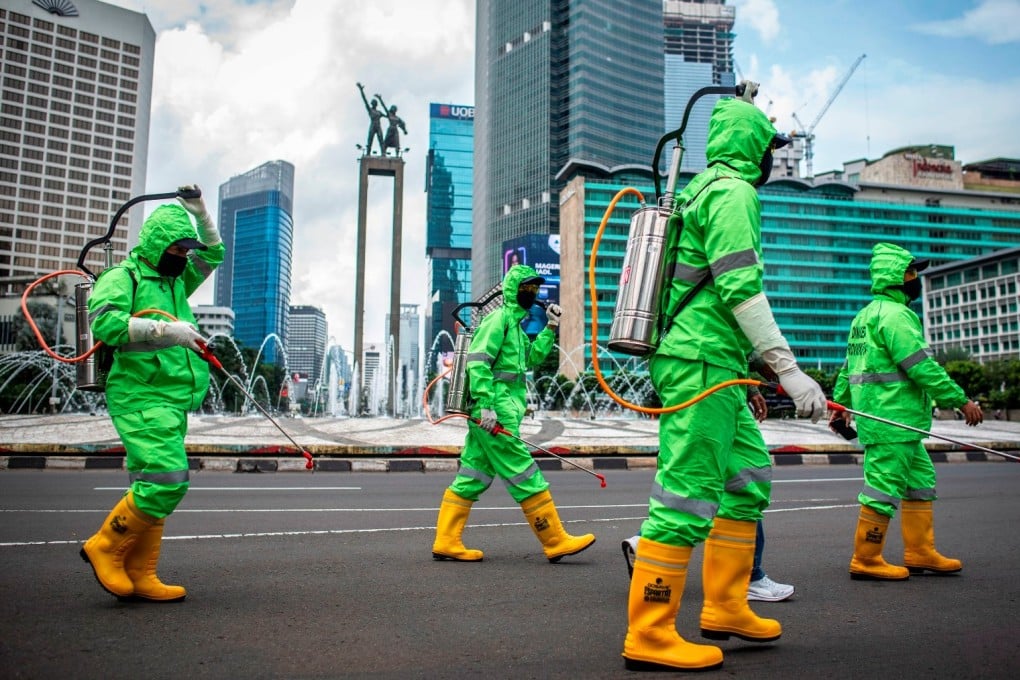Advertisement
Opinion | How the coronavirus may change the geopolitics of Southeast Asia
- If a global recession hits, political uncertainties may be enhanced, similar to how the 1997 Asian economic crisis catalysed Suharto’s fall in Indonesia and saw the rise of Thailand’s Thaksin
- Even if the pandemic quickly subsides, the developing fourth industrial revolution could spell doom for Southeast Asia’s supply chains, fundamentally changing Asean’s strategic environment
Reading Time:7 minutes
Why you can trust SCMP

Everything eventually ends. What will Southeast Asia and Asean look like when the novel coronavirus pandemic runs its course? Historically, all pandemics have had economic and political effects. This essay speculates about the long-term impact of the Covid-19 illness on Southeast Asia in three interrelated dimensions: economics, politics, and geopolitics.
The coronavirus outbreak seems to have plateaued in China. Beijing first bungled by trying to cover up, allowing the virus to take hold in China and rapidly spread beyond its borders. But the draconian measures only a Leninist system is capable of taking brought it under control, albeit at great cost, not all of which was borne by China.
The global epicentre is now in Europe. Infections are rapidly spreading in the United States. Like China, the West fumbled its initial responses. Democracies are slow to react until shocked into action. But these systems are resilient, have strong economic, scientific and administrative capabilities, and have begun to mobilise. The costs to everyone will again be great. But there is no question that they will eventually get a grip on the disease and bring it under control in their own way.
But is this the beginning of the end, or only the end of the beginning? Will there be a second wave of infections as Chinese migrant workers return to work after an enforced absence? Or when Western systems relax uncharacteristic restrictions on individual liberties? What will happen if weak health care systems in Africa, the Middle East, India, and Indonesia are overwhelmed?
Advertisement
Nobody really knows.

ECONOMICS
Advertisement
Advertisement
Select Voice
Choose your listening speed
Get through articles 2x faster
1.25x
250 WPM
Slow
Average
Fast
1.25x
